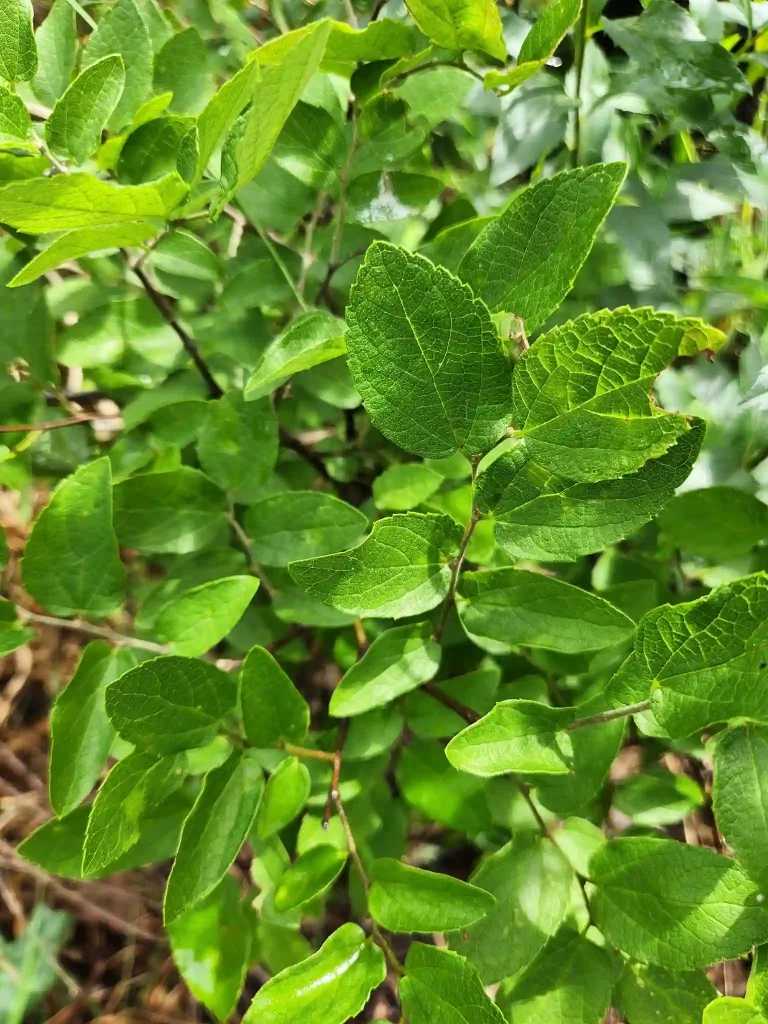Exploring the Calystegia Genus: A Personal Look at the Bindweeds
The Calystegia genus has fascinated me for years with its unique charm and subtle beauty. These plants, commonly known as bindweeds or false bindweeds, belong to the Convolvulaceae family, a group well-known for their climbing and twining habits. While bindweed can have a reputation as a pesky invader, the Calystegia genus offers a more refined appeal. Here, I’ll share my experience with these plants, a list of notable species, and why I believe Calystegia deserves a closer look in any garden setup.
Understanding the Calystegia Genus
The Calystegia genus includes around 32 species, ranging from annual herbs to hardy perennials. These plants are native to temperate regions, thriving across Europe, North America, and Asia. What captures my attention about Calystegia is the way its flowers open each morning with simple beauty, especially under the right sunlight. However, gardeners should keep in mind that some species have a tendency to spread aggressively. They’re resilient, adaptable, and surprisingly lovely when managed properly.
Calystegia Species
The Calystegia genus comprises several species, each with its unique traits. Here are:
- Calystegia affinis Endl.
- Calystegia atriplicifolia Hallier f.
- Calystegia binghamiae (Greene) Brummitt
- Calystegia brummittii P.P.A.Ferreira & Sim.-Bianch.
- Calystegia catesbeiana Pursh
- Calystegia collina (Greene) Brummitt
- Calystegia felix Provance & A.C.Sanders
- Calystegia hederacea Wall.
- Calystegia × howittiorum Brummitt
- Calystegia × krauseana Phil.
- Calystegia longipes (S.Watson) Brummitt
- Calystegia × lucana (Ten.) G.Don
- Calystegia macounii (Greene) Brummitt
- Calystegia macrostegia (Greene) Brummitt
- Calystegia malacophylla (Greene) Munz
- Calystegia marginata R.Br.
- Calystegia × melnikovae Prob.
- Calystegia occidentalis (A.Gray) Brummitt
- Calystegia peirsonii (Abrams) Brummitt
- Calystegia pellita (Ledeb.) G.Don
- Calystegia pubescens Lindl.
- Calystegia × pulchra Brummitt & Heywood
- Calystegia purpurata (Greene) Brummitt
- Calystegia × scanica Brummitt
- Calystegia sepium (L.) R.Br. Plant FAQs: Calystegia Sepium – Hedge Bindweed
- Calystegia silvatica (Kit.) Griseb.
- Calystegia soldanella (L.) Roem. & Schult.
- Calystegia spithamaea (L.) Pursh
- Calystegia stebbinsii Brummitt
- Calystegia subacaulis Hook. & Arn.
- Calystegia tuguriorum (G.Forst.) R.Br. ex Hook.f.
- Calystegia vanzuukiae Brummitt & Namoff
Growing and Managing Calystegia in the Garden
While the beauty of Calystegia species is undeniable, managing them in the garden can be challenging. In my experience, they require attention, particularly because of their spreading habits. Here are a few strategies I’ve found helpful in keeping Calystegia under control:
- Containment: Growing Calystegia in pots or containers is a simple way to enjoy their blooms without worrying about spreading. This works especially well for C. sepium and C. silvatica, which can quickly dominate garden beds.
- Regular Pruning: Cutting back these plants regularly can help control their growth. I usually prune mine in early spring before they start actively growing, and then again mid-summer to manage their spread.
- Mulching: A layer of mulch around the base can help prevent unwanted growth by suppressing any new shoots trying to pop up in unexpected places.
- Selective Species: If you’re concerned about invasiveness, choose a less aggressive species, like C. soldanella, which has a more compact growth habit and doesn’t spread as aggressively as some of its cousins.
The Appeal of Calystegia: Why I Keep Growing It
While Calystegia’s invasive tendencies can be off-putting, there’s a certain joy in seeing their resilient flowers open in the morning. Their climbing and trailing abilities make them fantastic for trellises or garden arches, where they can create an enchanting display. Additionally, Calystegia flowers attract bees and other pollinators, adding an extra layer of biodiversity to the garden.
Beyond their ornamental appeal, some species have been used in traditional medicine for their laxative properties, and though I don’t use them medicinally, it’s fascinating to know these plants have had historical importance as well.
Final Thoughts: A Balanced Appreciation for Calystegia
Growing Calystegia requires patience and a strategic approach, but for me, the rewards are well worth it. Their flowers, though short-lived, have a refreshing simplicity, and with careful management, they can bring a touch of wild beauty to almost any garden setting. Whether it’s the bold presence of C. silvatica or the coastal charm of C. soldanella, each species has a unique personality.
If you’re a gardener who enjoys a bit of a challenge and doesn’t mind a touch of wildness, Calystegia is a genus worth exploring. Just be prepared to keep an eye on it, and you’ll find that the delicate blooms bring a unique charm that few other plants can offer.
If i die, water my plants!



